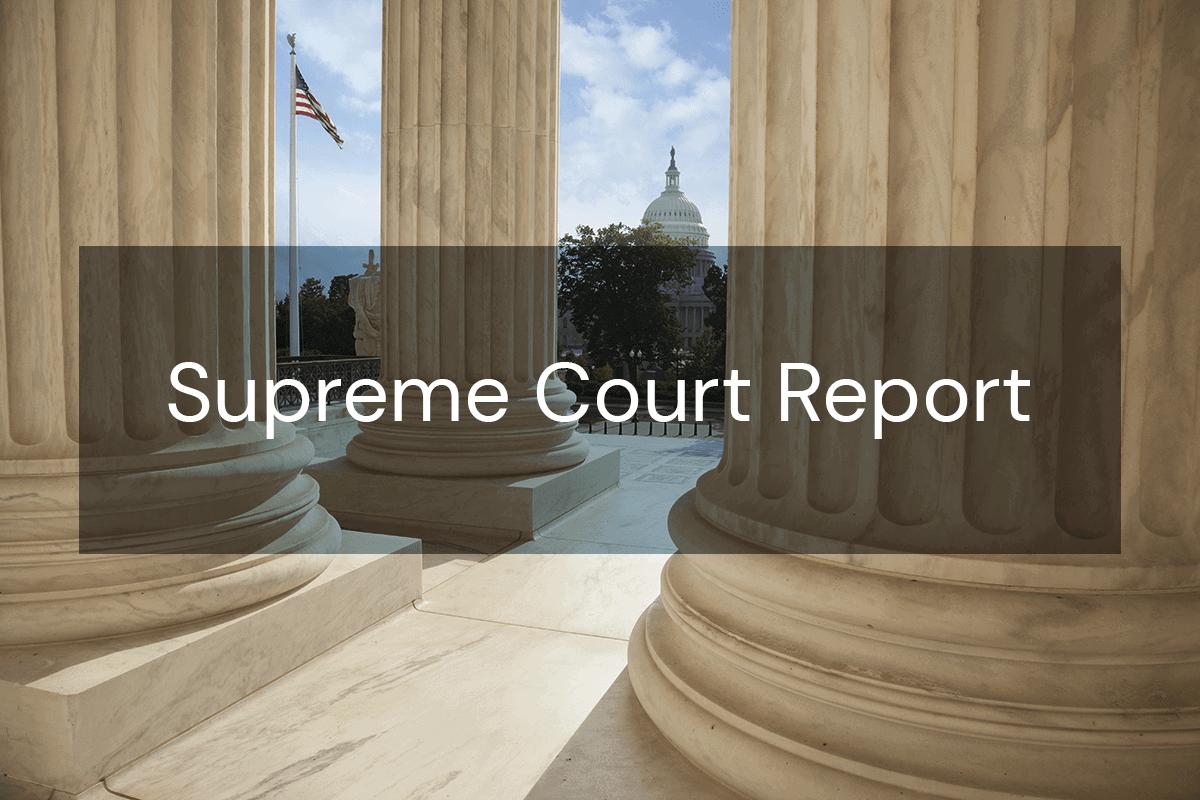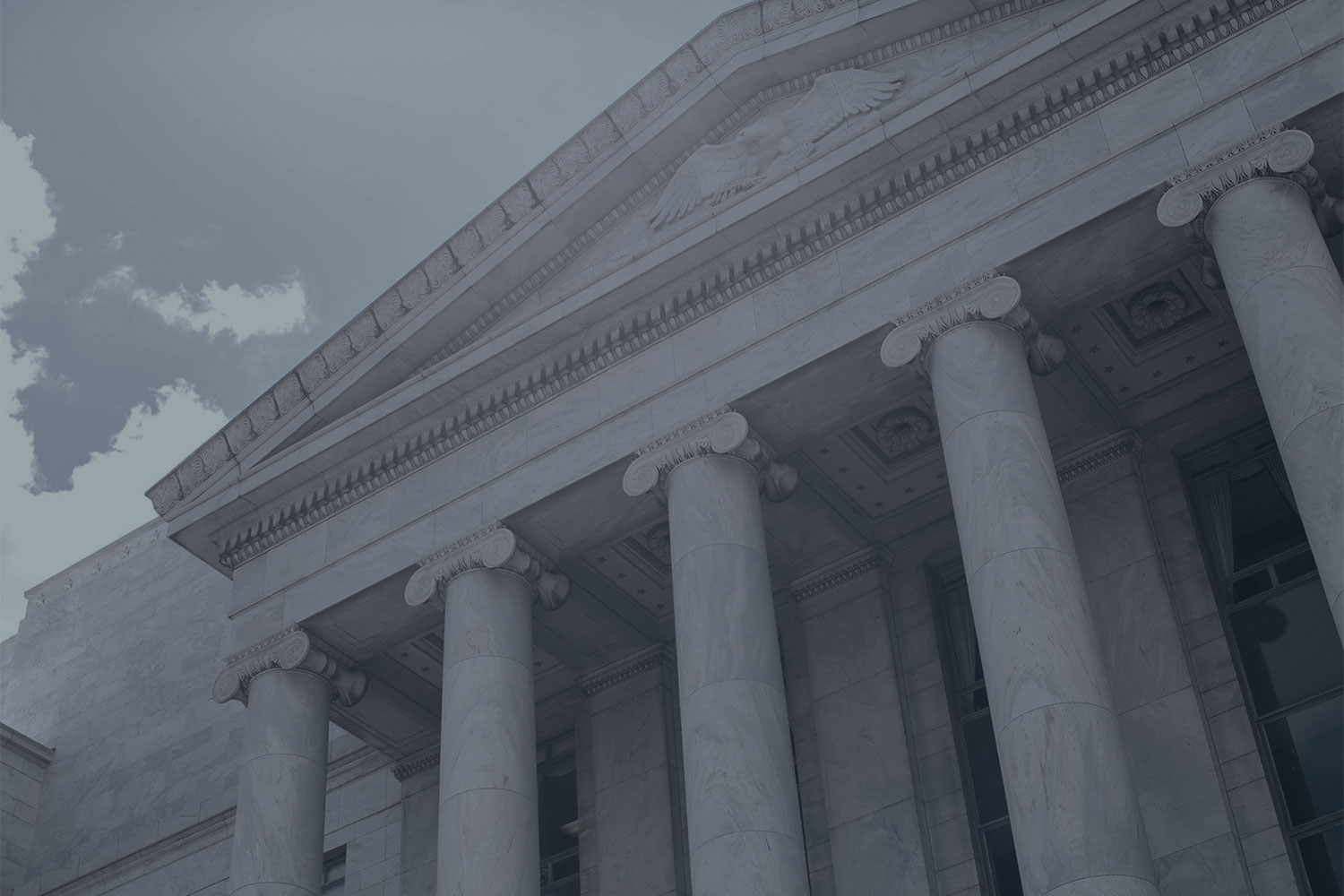Author

This Report summarizes opinions issued on March 23, 24, and 31, and April 4, 2022 (Part I); and cases granted review on March 28, 2022 (Part II).
Opinion: Badgerow v. Walters, 20-1143
Badgerow v. Walters, 20-1143. In an 8-1 decision, the Court held that the “look-through” approach adopted in Vaden v. Discover Bank, 556 U.S. 49 (2009), to determine whether federal courts have jurisdiction to compel arbitration under Section 4 of the Federal Arbitration Act does not apply to applications to confirm or vacate an arbitral award under Sections 9 and 10 of the Act. Instead, a federal court may only look at the application itself to determine jurisdiction. This case arose when Denise Badgerow initiated an arbitration action against her former employers (collectively Walters) for unlawful termination under state and federal law. The arbitrators sided with Walters, but Badgerow believed that fraud had tainted the proceeding. She sued Walters in Louisiana state court to vacate the arbitral decision. Walters removed the case to federal court and asked the district court to confirm the arbitral award. Badgerow moved to remand the case to state court, arguing that the federal court lacked jurisdiction to confirm or vacate the award under Sections 9 and 10 of the FAA. The district court applied Vaden’s “look-through” approach and found jurisdiction because the underlying employment action relied on federal law. The court then granted Walters’s application to confirm the award, and the Fifth Circuit affirmed. In an opinion by Justice Kagan, the Court reversed and remanded.
The Court began by observing that federal courts’ subject-matter jurisdiction is limited to “diversity” cases and cases “arising under” federal law. A case “arises under” federal law if that law creates the cause of action, but the FAA generally does not support federal jurisdiction by itself. “Were it otherwise, every arbitration in the country, however distant from federal concerns, could wind up in federal district court.” Accordingly, an action brought under the FAA must have an “independent jurisdictional basis.” Here, the parties were citizens of the same state, and the applications themselves raised no federal issues. Although the underlying claim involved the legality of Badgerow’s termination, the applications concerned only “the enforceability of an arbitral award,” which was a matter of state law. Thus, the district court had subject-matter jurisdiction only if it could “look through the Section 9 and 10 applications to the underlying substantive dispute, although that dispute was not before it.”
In Vaden, the Court approved the look-through approach based on the text of Section 4, which states that a party to an arbitration agreement may petition to compel arbitration in a “United States district court which, save for such agreement, would have jurisdiction” over “the controversy between the parties.” Based on the phrase “save for such agreement,” the Vaden Court concluded that a federal court should determine jurisdiction by looking through a Section 4 petition to the underlying substantive controversy. But Sections 9 and 10 contain no similar language. Those sections “do not instruct a court to imagine a world without an arbitration agreement, and to ask whether it would then have jurisdiction over the parties’ dispute.” The Court noted that when Congress includes particular language in one section of a statute but omits it in another section of the same statute, courts generally construe the choice to be deliberate. The Court noted that the look-through rule itself is “highly unusual” and a “jurisdictional outlier” because it “locates jurisdiction not in the action actually before the court, but in another controversy neither there nor ever meant to be.” Because Sections 9 and 10 provide no statutory basis for look-through jurisdiction, the Court declined to adopt the Vaden rule.
The Court rejected Walters’s argument that Section 4 was simply a “venue provision,” noting that Section 4 and Vaden mention only jurisdiction, not venue. The Court also rejected an argument that Section 6, which never mentions jurisdiction, creates a look-through rule for the entire FAA. Finally, the Court was unpersuaded by Walters’s policy-based arguments that a uniform rule promotes administrative simplicity, the look-through rule avoids difficult questions about diversity jurisdiction, and the look-through rule would give federal courts comprehensive control over the arbitration process. The Court questioned the persuasiveness of these arguments, noting that a court can tell from the face of an application which section it arises under, federal courts often resolve diversity questions, and Congress could reasonably decide that an application under Section 9 or 10 belongs in state court if it involves non-diverse parties arguing over state law. Whatever the merits of these policy arguments, the Court found that they did not overcome the statutory language.
Justice Breyer dissented on the ground that the majority “adopt[ed] an interpretation that, even if consistent with text, creates unnecessary complexity and confusion.” Justice Breyer would “consider not simply the statute’s literal words, but also the statute’s purposes and the likely consequences of [the Court’s] interpretation.” Justice Breyer noted that Vaden relied not only on Section 4’s text, but on the practical consequences of limiting its scope. He also contended that the majority’s interpretation conflicts with the FAA’s purpose to streamline enforcement of arbitration agreements. Justice Breyer agreed that Section 4 contains language that is absent in other sections, but he concluded that this fact did not prevent courts from applying a look-through approach throughout the Act, because “all the sections describe connected components of a single matter: a federal court’s arbitration-related enforcement power.” Finally, Justice Breyer argued that the FAA’s legislative history supports the look-through rule.
[Editor’s note: Some of the language in the background section of the summary above was taken from the petition for writ of certiorari and brief in opposition.]




